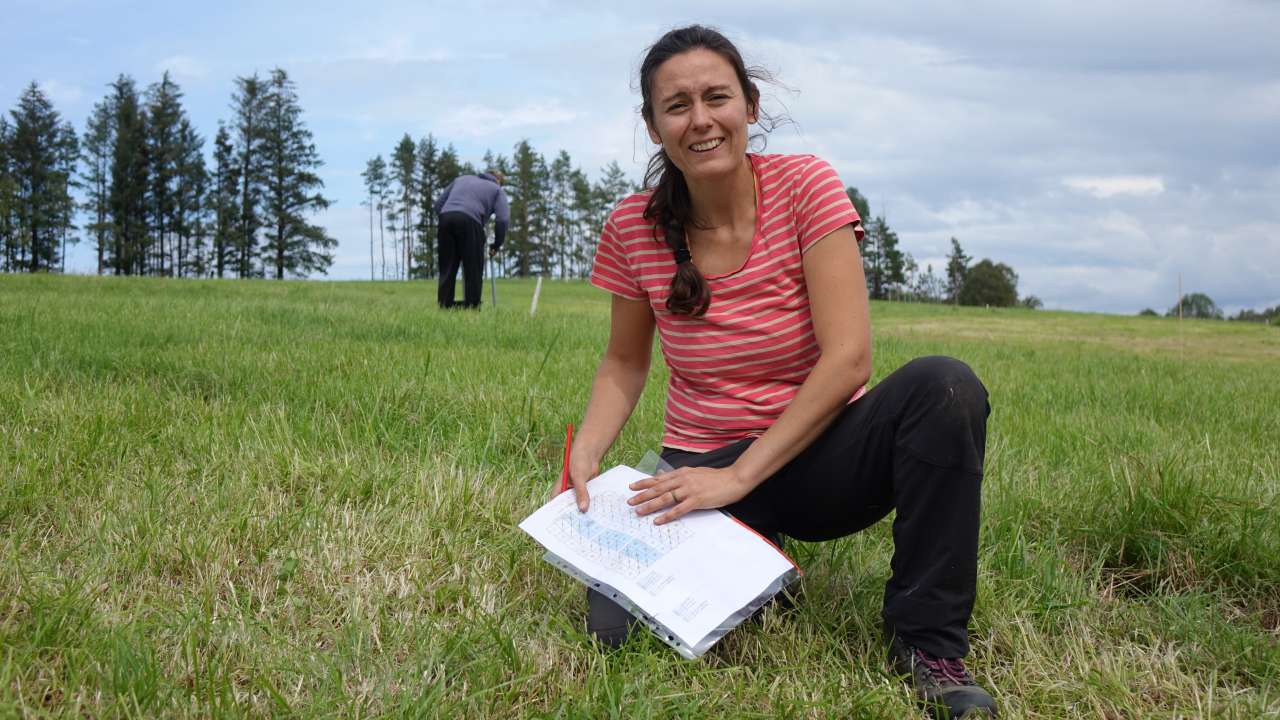Carbon storage in grasslands

Photo: Jon Schärer
Grasslands and pastures are efficient for carbon storage, but management practises can affect their storage ability.
Specialised ruminant meat production has been presented by some as a climate problem. At the same time, grasslands hold a lot of carbon in the soil, which is important for the climate and the carbon cycle.
Grasslands, pastures and grazing areas cover more than half of agricultural land in Norway.
“These areas are used in different ways, where operational methods and intensity can affect the soil’s ability to store carbon,” says Teresa G. Bárcena, researcher at NIBIO.
Together with her colleagues, she is researching the soil carbon content of grasslands in several parts of the country. The aim is to identify possible connections between how the land is managed and the soil’s carbon storage capacity. Different management strategies can for example be how much fertiliser is used and how often the grasslands are ploughed.
“Carbon content in soil tends to be measured in the surface layer,” says project manager Levina Sturite.
A central hypothesis of the project, however, is that significant amounts of carbon are also stored in deeper layers of soil in pastures and grazing areas.
“One might think that a long-term grassland that have not been ploughed for several decades would store the most carbon, as the soil remains undisturbed for longer periods protecting the soil organic matter/soil carbon. But this does not coincide with our findings, in which the differences have turned out to be minor,” Bárcena adds.
Several of NIBIO’s stations have long-term experimental fields on grasslands. These go all the way back to around 1970 and are therefore useful for studying differences in carbon storage with different ploughing regimes. Researchers working on the Carbon Storage project have examined these fields with long-term grasslands and quantified soil carbon down to 60 cm depth.
Contacts

Contacts

